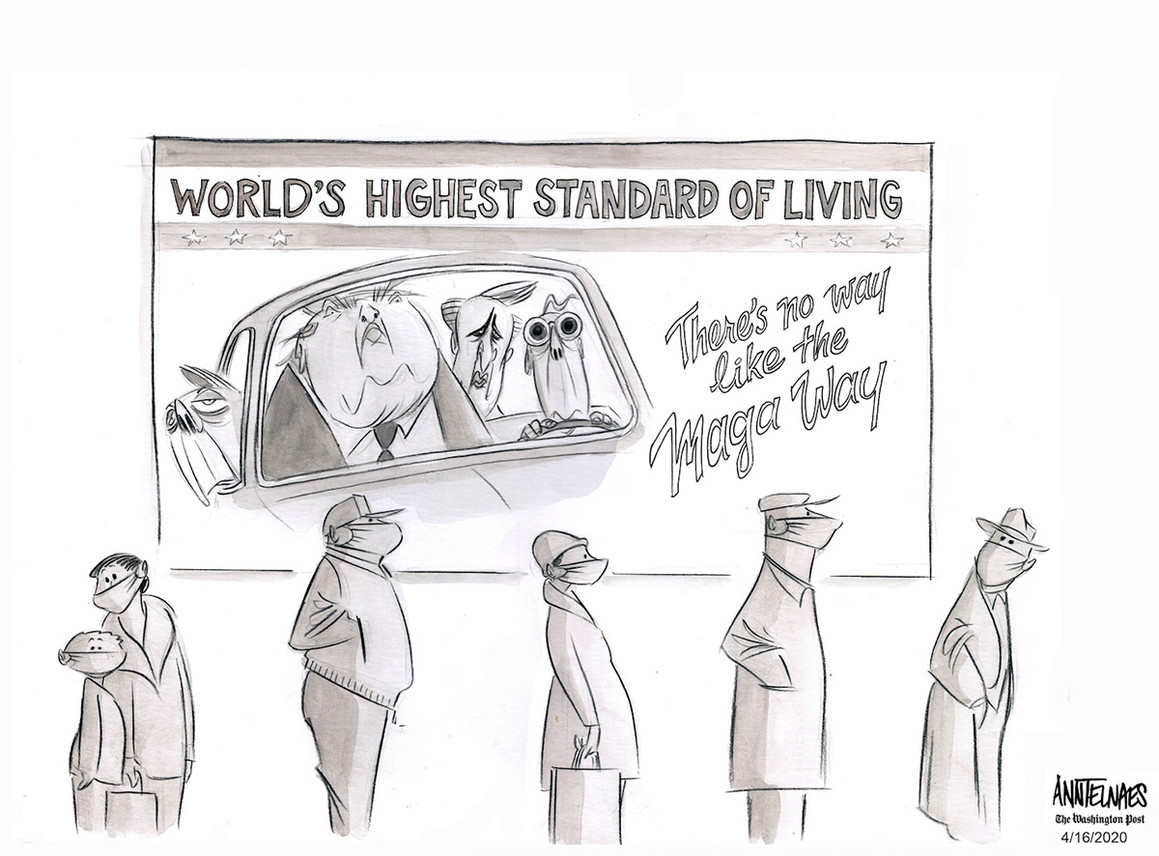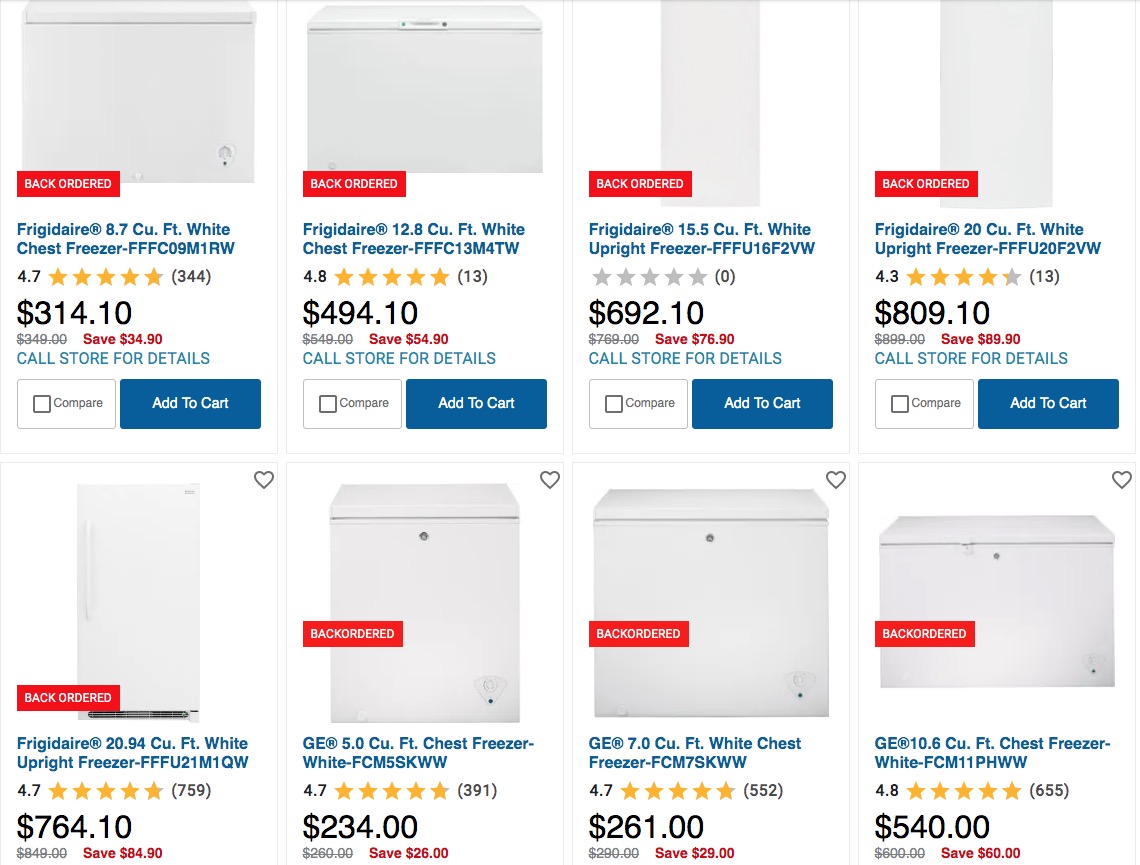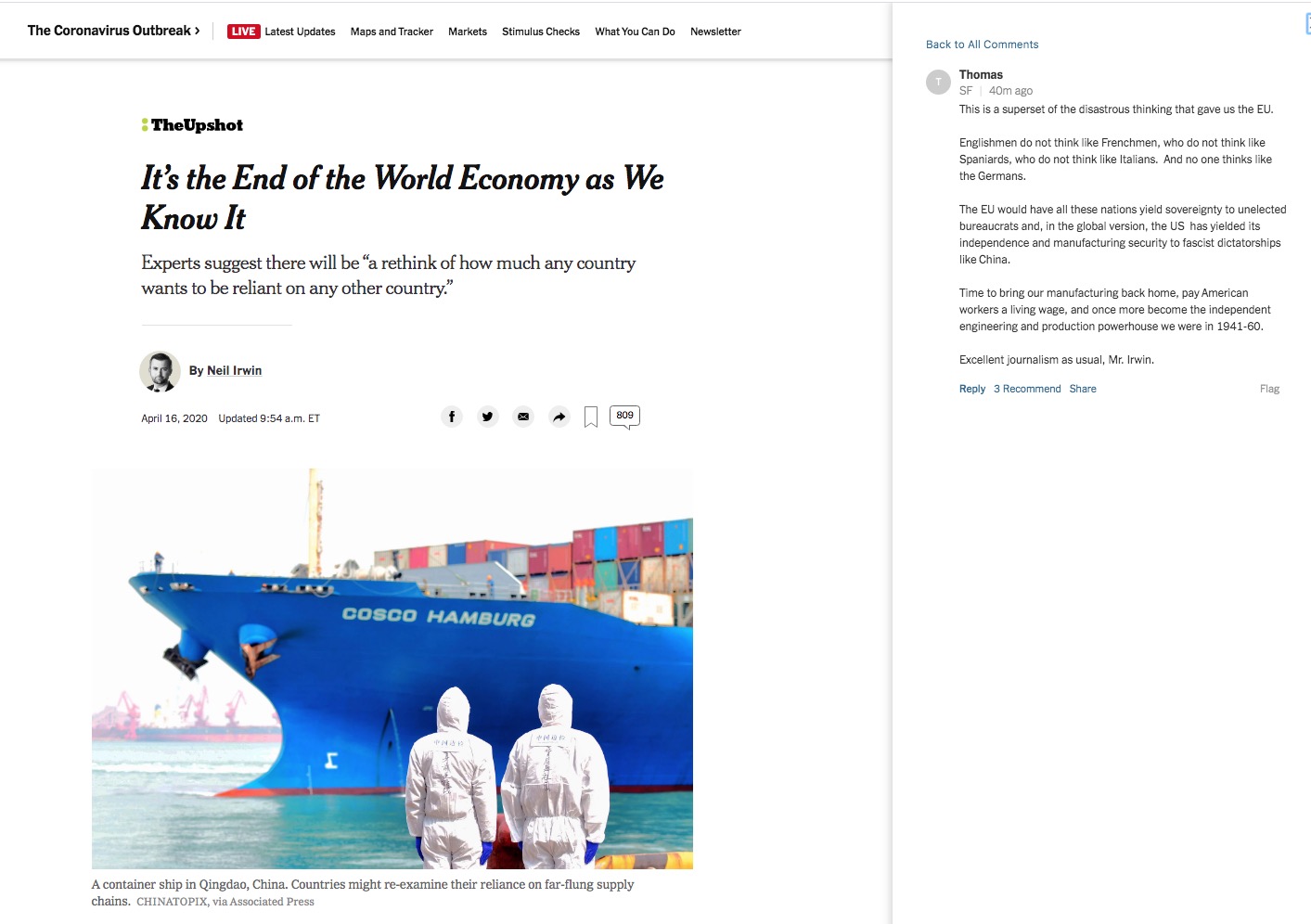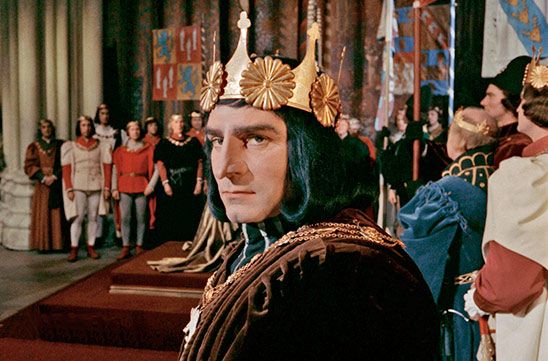Doing it right.
This is one of an occasional series on cooking devices which make a difference. For an index of cooking articles on this blog click here.
Few things are more satisfying than a properly cooked egg in its shell, be it soft or hard boiled.
The perfect soft boiled egg is a breakfast staple, but often overcooked and poorly presented. Further, it simply does not do to have hard boiled eggs in an egg cup. Decorum and civilization dictate that eggs in cups be soft boiled and runny. And proper presentation is essential to the whole aesthetic.
You can make these in a pot with boiling water but there are so many variables that your chances of consistent success are remote. Thus, an inexpensive tool is called for. Actually, several tools. Tools convert pretense about ‘art’ into the predictable results dictated by scientific method, the core tenet of all good cooking.
First is the egg maker shown at left. Typically holding up to seven eggs – always broad side down, please – this can be had from any number of vendors for under $20. Mine came with an unreadable, graduated plastic measure for determining the correct volume of water required. It was useless. You need a clearly marked, glass laboratory measure and a syringe to get soft boiled eggs right. The larger measuring cup is used for hard boiled eggs only.

Egg maker, large measuring cup, syringe and 250ml graduated measure.
The design of the egg maker is simplicity itself. Water is added to the platen which is then covered with the egg holder plate, eggs are added and the ‘greenhouse’ cover is put in place and the power turned on. The critical thing for a soft boiled, nicely runny egg is the volume of water and ‘critical’ is the right word. The volume of water used determines cooking time. The amount must be right to 5ml or the result will be unsatisfactory. After some experimentation I established that 4 eggs, straight from the refrigerator (forget the gobbledygook about letting them warm up – sheer nonsense) require exactly 175ml of water. That’s where the graduated measure and syringe come in, making accurate measurement of the required volume a simple matter. Your device may vary, so be prepared to experiment.
The key to consistent success is to remove all variables from the equation. Use the same sized eggs from the same source, stored at least overnight in the refrigerator for a consistent starting temperature. And be sure to use the exactly correct volume of water in the egg maker.
The egg maker will pop off after 3-4 minutes when the water has evaporated, thus setting off the thermostat, and you will have four soft boiled eggs. Four perfect soft boiled eggs, every time.
But you are not through.
Topping your eggs to access the runny goodness inside should never, never, never be done with a knife applied to the shell. You will bruise and crack the shell randomly and risk injury into the bargain. The result looks awful. Check the last image below. An egg is one of nature’s most perfect creations and it should be respected as such.
So purchase an ‘egg topper’ – search on those words at Amazon. Mine came in this set – it’s the stainless steel tool removed from its storage cut-out – along with properly sized and shaped spoons. The latter need to be small and slim to properly access the yolk without spillage. Your coffee spoon is not the answer.
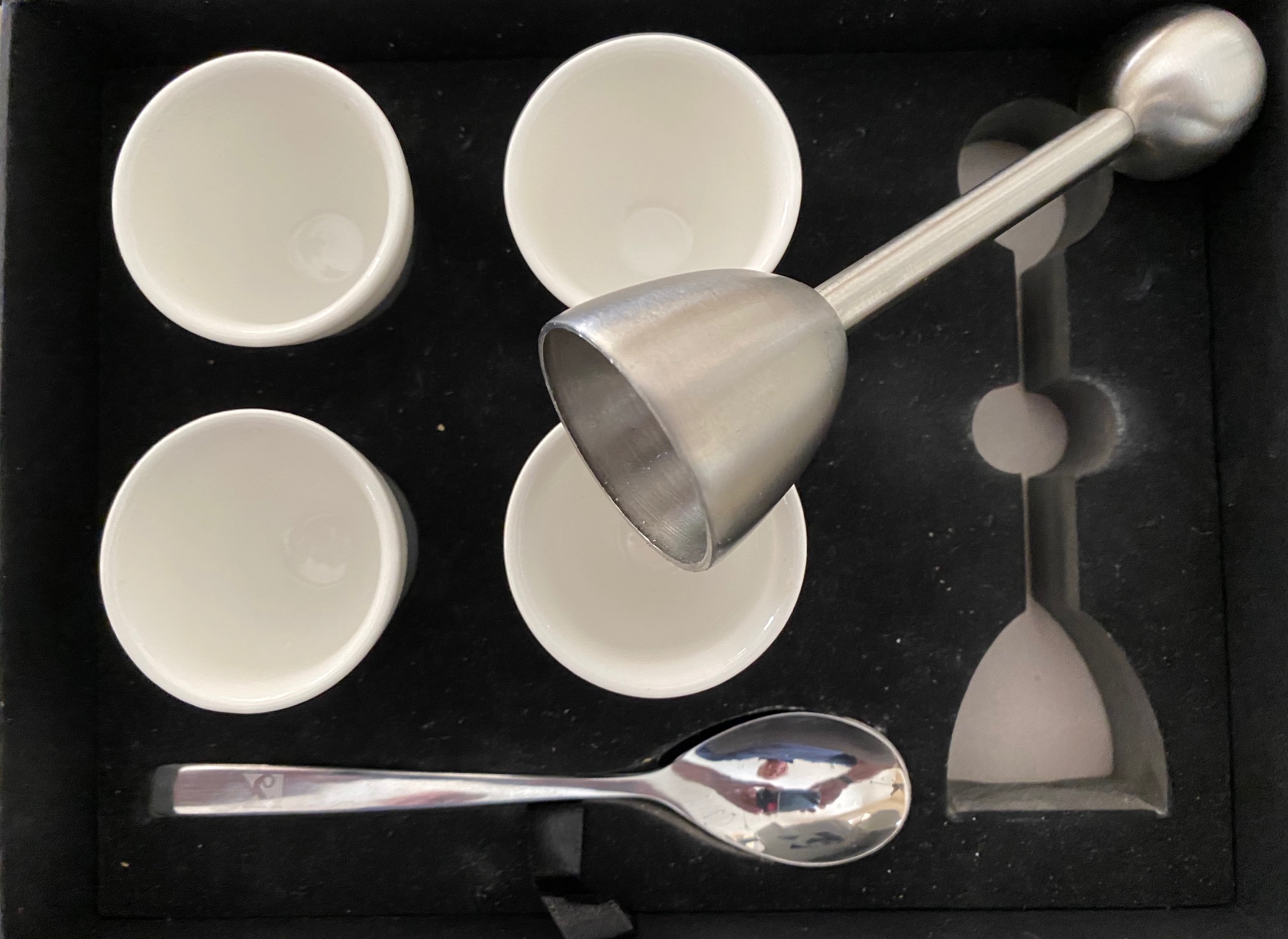
Egg cup outfit with topper. The circumference of the topper’s cone acts as an impact cutter.
The cooked egg is placed, broad side down, in the cup and the tool is placed over the top. The sprung plunger, terminated with the alloy sphere, is retracted and released, whereupon it scores/cuts a perfect circular top on the egg shell. Mine has to be retracted only part way to avoid damage to the rest of the shell, (I marked the optimum retraction distance) and the tool must be carefully removed holding the base of the egg with a cloth. A little practice and you will get a perfectly scored shell top. Now get out that sharp knife – a thin fish boning knife is ideal – and slice through the albumen and flesh of the egg white along with the scored shell part. A properly designed cracker will score the shell just above the yolk. You now have the perfect soft boiled egg, along with high job satisfaction.
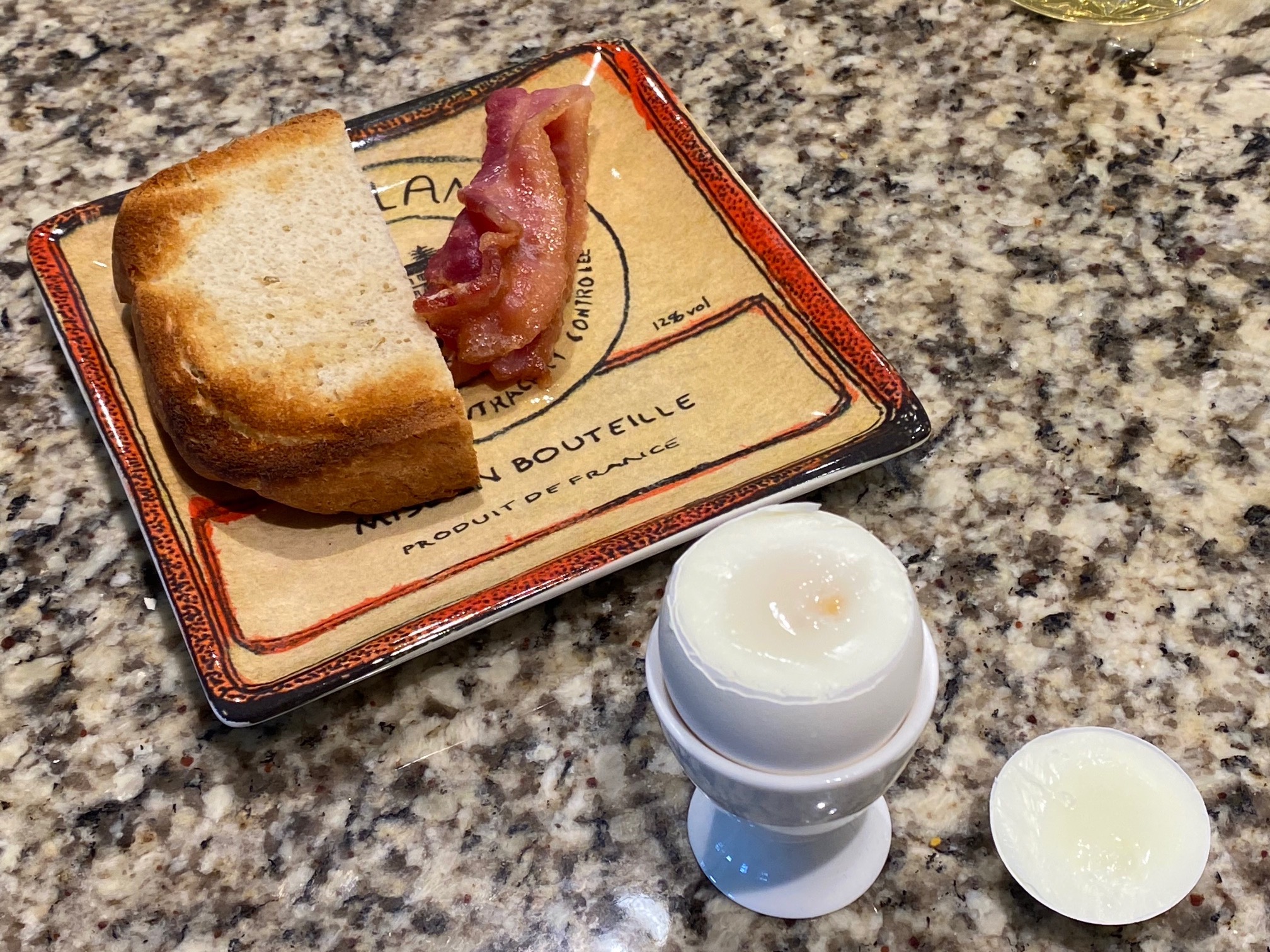
A perfectly topped egg along with obligatory bacon and home made Italian rosemary bread.
As for hard boiled eggs, these are trivial to prepare. Load up all seven if you like, add 1.7 fl.ozs. of water (or the quantity that experimentation indicates) using the large measuring cup in the first image, let the egg maker tool do its thing and you will have seven perfectly hard boiled eggs with none of that disgusting grey ring around the yolk your spouse creates as a result of over-cooking. Soak them in iced water for 5 minutes and you are ready to make salads of your choosing. I have found that the freshest eggs are also the easiest to peel when hard-boiled.
The water in my area has significant mineral deposits which make the egg holder plate and heated platen go a revolting brown after much use. Some medium stainless steel wool cleans things up nicely.

How not to do it. Albert Finney as Churchill eats his breakfast egg in ‘The Gathering Storm‘. Hacked off top and wrong tool use. Gustatory shortcomings notwithstanding, he did OK otherwise.
